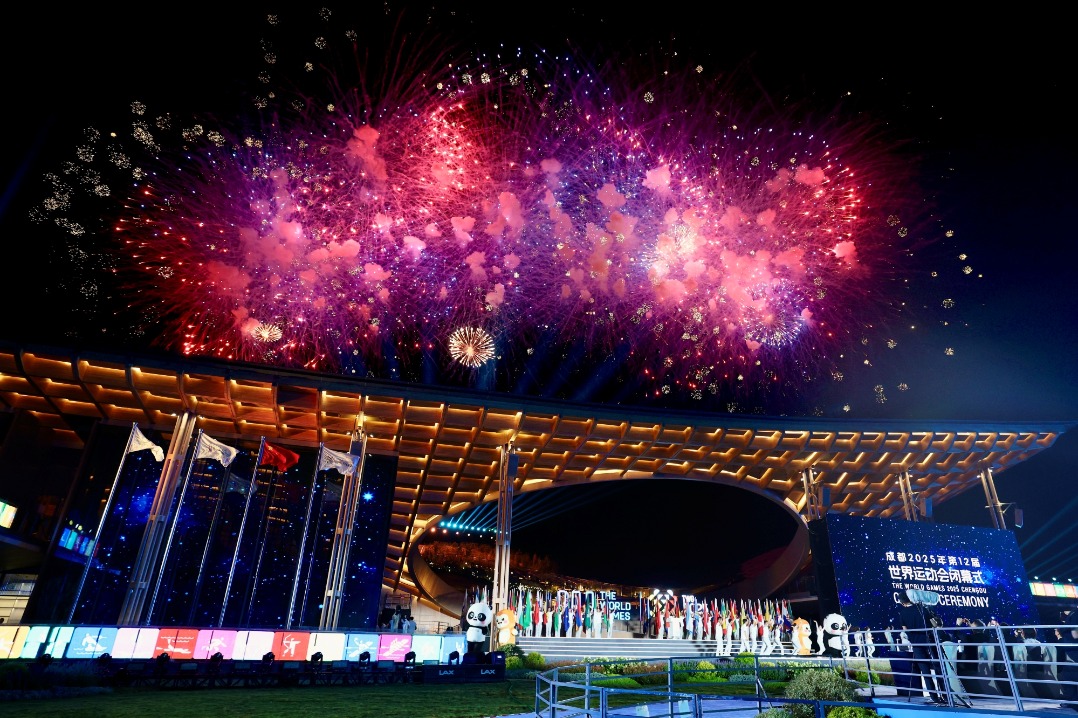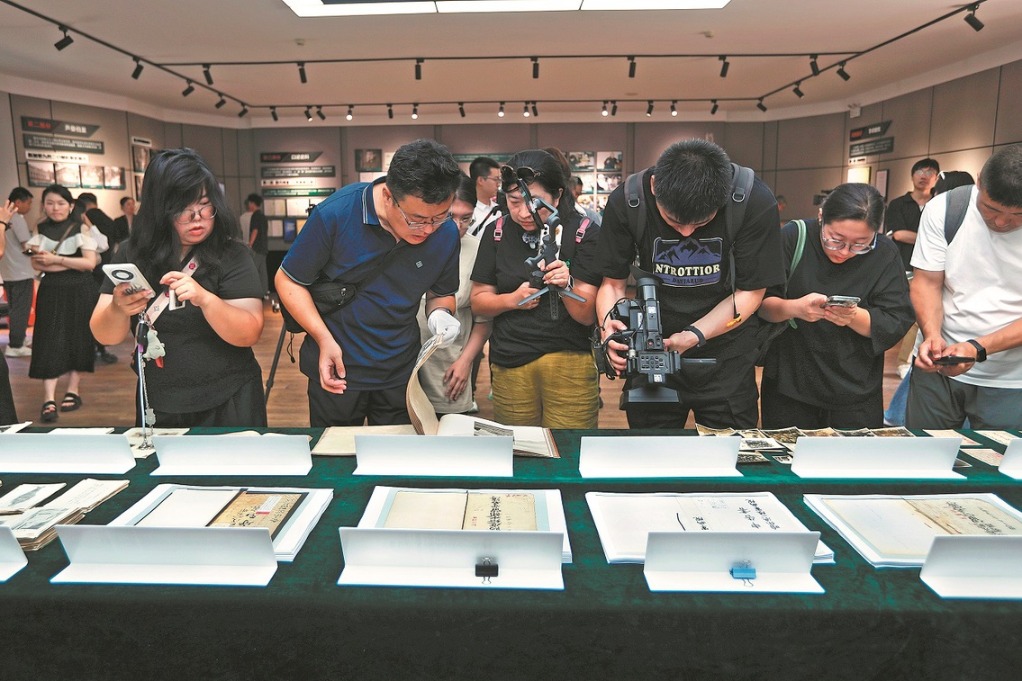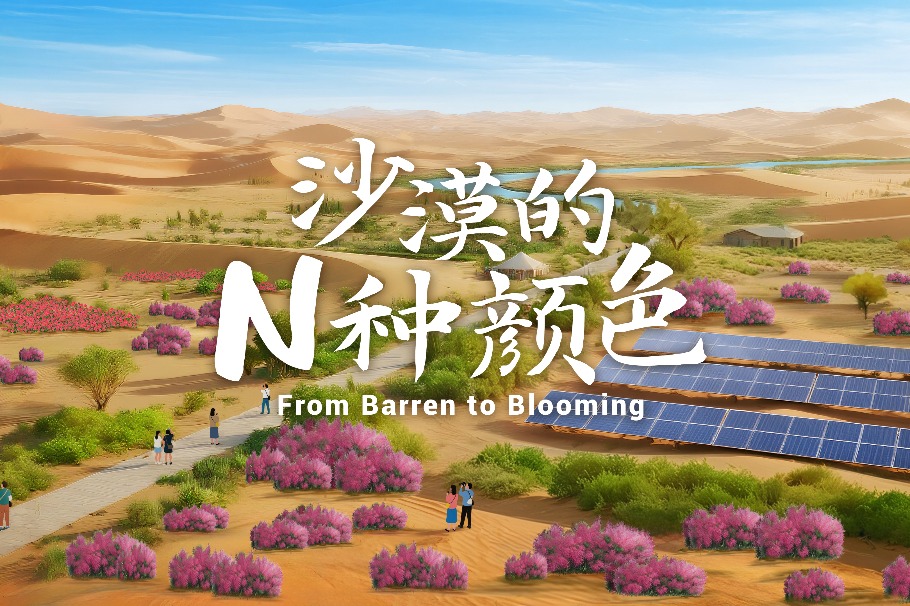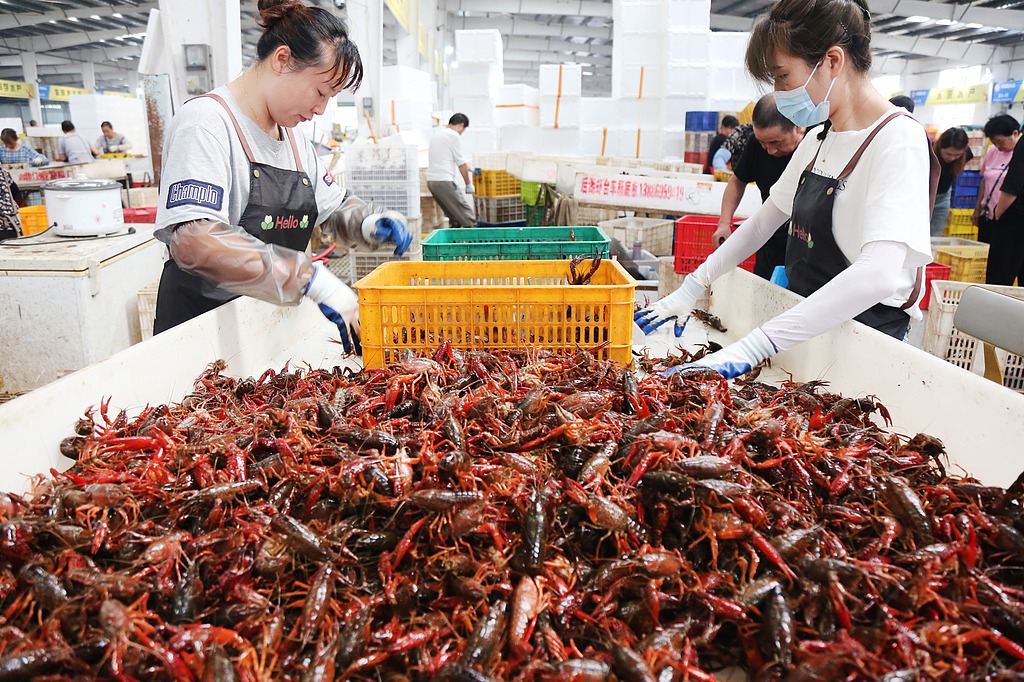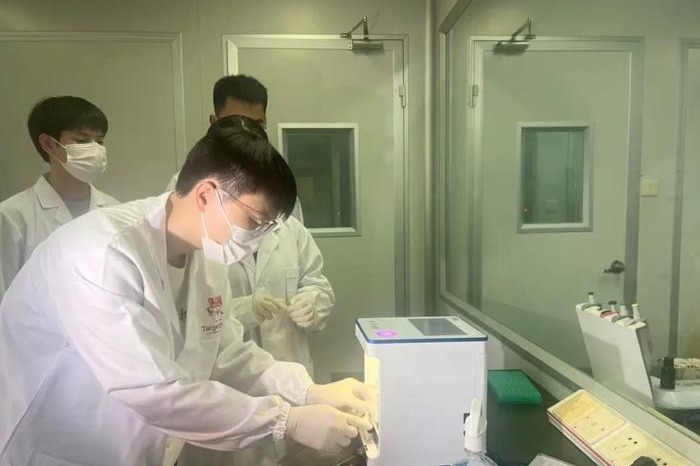Out of the mists of time
Discovery of new archaeological site sheds more light on Hongshan Culture, Zhou Huiying and Wu Yong report.

Alarge Hongshan settlement site has been discovered in Shangchaoyanggou village, just 6.5 kilometers from the Niuheliang archaeological site in Chaoyang city, Northeast China's Liaoning province, according to the latest research by the Liaoning Provincial Institute of Cultural Relics and Archaeology.
It marks the first time a large residential site of Hongshan Culture has been found near the Niuheliang sacred burial site.
After archaeological excavation of an area of 120,000 square meters, 27 dwelling sites have been discovered.
In the 1930s, a brilliant Neolithic culture renowned for its exquisite jades was discovered during the excavation of a site by a hill named Hongshan (meaning "the red mountain" due to the color of its rocks) in Chifeng city, Inner Mongolia autonomous region. In 1954, it was formally named Hongshan Culture. Other Hongshan Culture sites have been discovered in parts of today's Inner Mongolia, as well as Liaoning and Hebei provinces.
The discovery of the Niuheliang burial site in 1983 was a milestone in the study of Hongshan Culture.
After a life-size head sculpture of a goddess was excavated at the site, which dates back 5,000 to 5,500 years, a large center of religious belief and ceremony has gradually been revealed by the shovels of archaeologists.
"Hongshan Culture, represented by the Niuheliang site, relates to the critical period 5,000 years ago in China's prehistory," says Bai Baoyu, director of the Liaoning institute. "It is also a key to trace the origin of Chinese culture and civilization."
Liaoning is the core area of Hongshan Culture and the key area of related research. It is also the first province in China where Hongshan Culture sites were discovered.
In June 1921, Johan Gunnar Andersson, an archaeologist from Sweden, and his Chinese colleagues first discovered the remains of Hongshan Culture when he cleaned the site of Shaguotun Cave in Jinxi county (now Huludao city in Liaoning).
Then in the following years, archaeologists carried out continuous work on sites and cemeteries, such as Dongshanzui, Hutougou, Niuheliang and Banlashan.
In 2017, archaeologists launched an investigation of Hongshan Culture. Data from the Liaoning Provincial Institute of Cultural Relics and Archaeology show that, as of last year, the number of Hongshan sites and cemeteries in the province has increased from the initial 90 to more than 500.
According to their characteristics, archaeologists divided the Hongshan relics into "living sites" and "burial sites".
Archaeologists found various types of pottery and stoneware at the residential sites.
Although the number of living sites found in Chaoyang is large, the scale of the sites is generally small, which could be related to limited natural environmental conditions for the formation of super-large settlements in the region.
The burial sites are mainly located in the upper reaches of the Laoha River and the Daling River, as well as the Qinglong River Basin.
The relics are relatively simple, mainly the remains of pottery used in sacrifices.
The existing investigation materials show that there are a large number of Hongshan graveyards densely distributed around the Niuheliang site in the upper reaches of the Daling River, and there are large-scale ceremonial buildings such as the goddess temple and large platforms, which indicates that this area was considered a holy place and was where religious ceremonies were conducted in the late Hongshan Culture period.
Taking Ma'anqiaoshan archaeological site, located in Jianping county of Chaoyang, as an example, after years' scientific and systematic excavation and research, archaeologists have been able to piece together a picture of how people lived in those days.
The site is located on a hillside near the Laoha River in Shitaigou village and includes living, sacrificial and burial areas.
Hongshan sites are often located alongside rivers and tend to be situated on open and flat-topped hills or toward the top of long slopes on the leeward side facing the sun.
Furthermore, after scientific examination of human bones discovered at the site, archaeologists found that they mainly ate grains.
Combined with the unearthed sets of agricultural tools, it shows that the Hongshan people started to settle down and rely on agriculture 6,400 years ago, breaking the previous belief that they were predominantly hunter-gatherers.
"Hongshan Culture has been included as a national archaeological project," says Bai. "The next step of our work is to investigate and excavate key sites both inside and outside the Niuheliang site to seek more evidence of the connection between the sites and confirm the construction layout of the Niuheliang site.
"Moreover, we plan to establish a database of the natural environment and economic life at that time to accumulate more information for the research of Hongshan Culture," he says.
"An archaeological plan focusing on the Niuheliang site has been formulated to achieve breakthrough results in the short term and contribute to the project of exploring the origin of Chinese civilization."
Fang Aiqing contributed to this story.
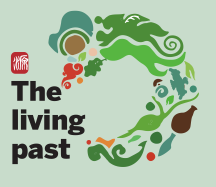
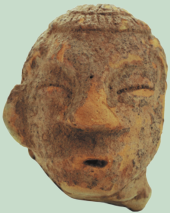
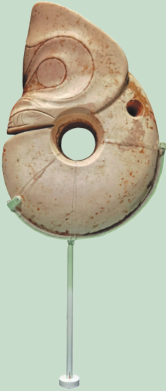
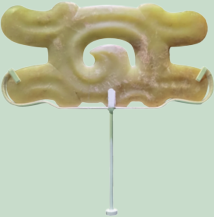
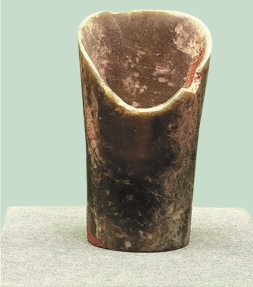

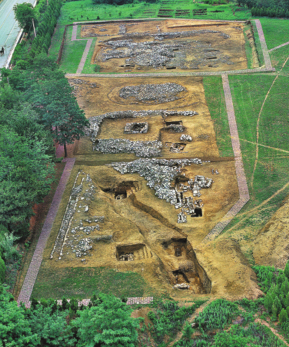
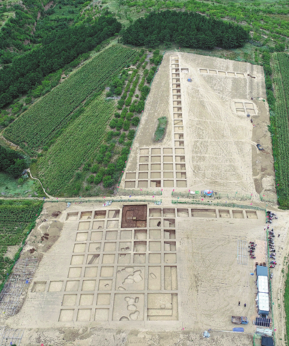
Today's Top News
- China, India to?start new round?of consultations
- Healthy China-India relations good for regional development and stability
- China achieves best performance at The World Games in Chengdu
- Books of Xi's discourses on adhering to deepening reform comprehensively published
- China holds 2nd rehearsal for event marking 80th anniversary of victory over Japanese aggression, fascism
- Foreign athletes embrace culture, innovation at Chengdu World Games
















